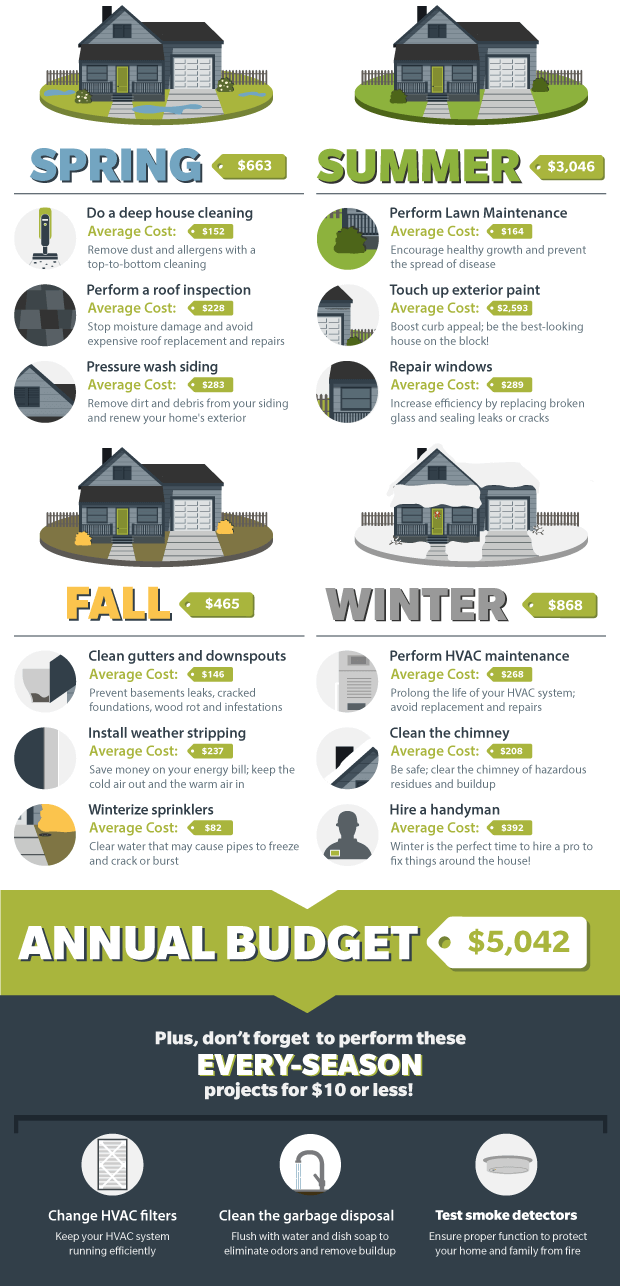When it involves roofing installations, the weather can make or break the task. Think of the disappointment of handling materials that will not coordinate due to extreme warmth or fighting slippery surfaces triggered by unexpected rain. Understanding the impact of weather on your roof covering task is vital for a successful result. So, allow's discover just how various weather condition aspects can influence the top quality and durability of your roof covering setup, making sure a work well done.
Influence of Temperature on Roofing System Installation
When it pertains to roofing system installation, temperature plays a crucial duty at the same time. windows san antonio for roof covering projects usually drops in between 45 and 85 levels Fahrenheit. have a peek at this site can create materials like tiles to become too pliable, bring about possible damages during installation. On the other hand, cold temperatures can make materials weak and prone to cracking. It is very important to set up roof installments during moderate temperature levels to make sure the most effective outcome.
Throughout colder weather condition, professionals might need to take additional preventative measures such as making use of warmed equipment or enabling materials to warm up prior to setup.
In contrast, heat may require work to be done previously or later in the day to avoid the peak temperature levels. By taking into consideration the temperature level and its effects on roofing materials, you can assist guarantee a successful installation that will certainly stand up to the components for years to come.
Result of Rainfall on Roofing Projects
Roofing jobs can be substantially influenced by precipitation, impacting both the timeline and the quality of the installation. Rain or snow can create unsafe problems, making it risky for roofing contractors to work on a damp surface area. In addition, moisture can jeopardize the attachment of products like tiles or underlayment, bring about possible leaks or problems in the future.
If it rainfalls throughout a roofing project, the water can permeate right into at risk areas, creating hold-ups as the setup staff need to await the roofing system to completely dry before continuing. Excessive wetness can likewise promote the growth of mold and mildew, further threatening the stability of the roof.
To avoid these issues, it's suggested to arrange roof jobs during drier periods or monitor the weather prediction very closely to plan about any type of potential rainstorms. By taking precautions to operate in desirable weather conditions, you can make certain a smoother and extra successful roofing installment process.
Impact of Wind Speed on Setup Success
Throughout roofing installation, the speed of the wind plays an important duty in identifying the success of the task. High wind speeds can posture significant challenges to roofing contractors, potentially leading to safety and security dangers and top quality concerns. When wind speeds go beyond recommended restrictions, it ends up being tough to deal with products, increasing the risk of crashes and damage to the roof covering products. Solid gusts can also influence the accuracy of dimensions and the accuracy needed for proper installation.
To make sure a successful roof covering setup, it's important to keep an eye on and take into consideration wind rates. Preferably, roofing system setup should happen on days with low to modest wind speeds. This not just enhances the security of the employees however likewise boosts the total high quality of the installment.
Roofing jobs scheduled during tranquil climate condition are most likely to be completed effectively and with fewer mistakes. By taking note of wind speed projections and planning appropriately, you can assist ensure a smooth and successful roofing system installation process.
Conclusion
So, when it concerns roofing installation, bear in mind to think about the weather to make certain a successful task. Ideal temperature levels, completely dry conditions, and moderate wind speeds are key elements to focus on for a smooth installment procedure. By arranging your project during the most effective seasons and perfect weather conditions, you can achieve a resilient and durable roof covering that will shield your home for years to come.
